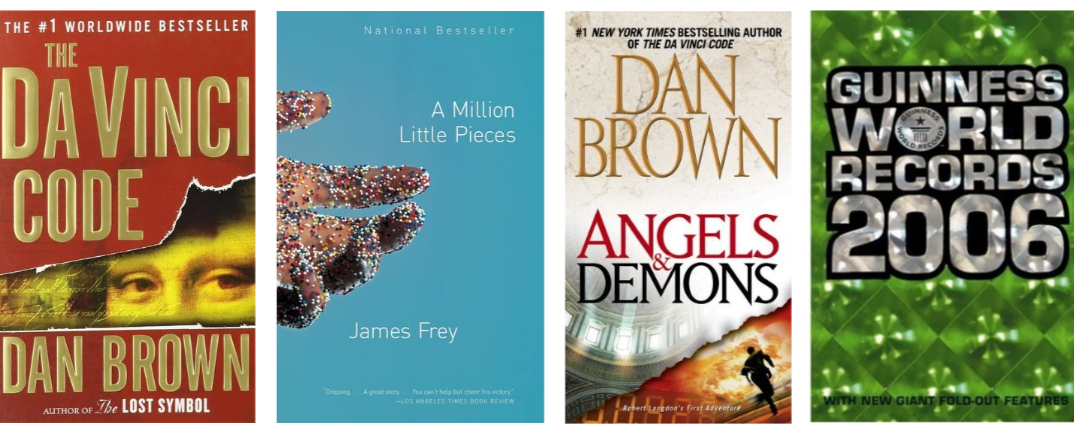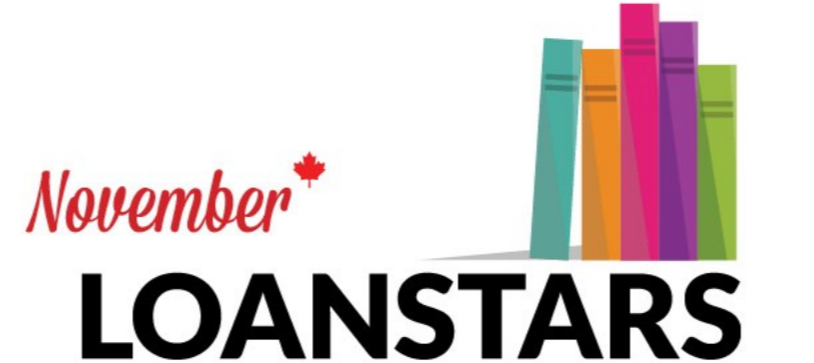How well do you know Canadian book consumers?
Do you know who’s most likely to shop on their phones? Which book consumers read the fastest? Or what else book consumers are doing at the library?
Get to know Canadian book consumers in this new series, where we break down book buying, borrowing, and reading habits by age group, to give you the most up to date data from both our consumer surveys — the Canadian Book Consumer Study 2022 and the upcoming Canadian Leisure & Reading Study 2022.
Up first is our youngest age group: book consumers ages 18-29.
They’re online (and in-person)
More than any other age group, you can find Canadian book consumers ages 18-29 online.
Data from both our consumer surveys show that these book consumers are active on social media platforms and networks, especially Instagram (65%), Snapchat (44%), TikTok (41%), Twitter (37%), and Reddit (33%). They’re also the most likely to visit a general and book-specific social networking site every day — 44% and 5% respectively. And this influences their book choices — 33% of readers ages 18-29 discovered books through social media, the most of any other age group.
While book buyers between the ages of 18-29 are not the most likely group to buy their books online, we did find in the Canadian Book Consumer Study 2022 that these book buyers are the most likely to buy books through a mobile app, at 13%.
In the Canadian Leisure & Reading Study 2022, we discovered that ebook and audiobook readers ages 18-29 are most likely to read and listen to books on their smartphone — 47% of ebook readers and 48% of audiobook listeners. They are also the most likely to have read or listened to an ebook or audiobook last year and to prefer reading or listening to ebooks and audiobooks over other formats, at 20% of readers each.
At the same time, you’ll probably see book consumers ages 18-29 in-person more than any other age group.
According to data from the Canadian Book Consumer Study 2022, they’re tied with book consumers ages 55-64 as most likely to purchase a book in-person, at 44%. Book consumers ages 18-29 were also the most likely to visit bookstores and libraries in-person at least once in 2022, at 55% and 39% respectively. But it should come as no surprise that 16% of library visitors ages 18-29 visit the library to use the computers or internet, more than any other age group.
They’re intentional shoppers
Out of all the book buyers we surveyed as part of the Canadian Book Consumer Study 2022, book consumers ages 18-29 were the least likely to make a spontaneous purchase, with 43% buying a book that they had planned ahead to buy at a specific time. Another 49% chose books within their budget, the most out of any age group.
Perhaps unsurprisingly, they were also most like to receive free print and free audiobooks in a given month, to borrow ebooks from someone they know, and to borrow books from the library to save money —59% of book borrowers ages 18-29.
Of the books that these consumers chose to buy, 72% were print books, 19% ebooks, and 5% audiobooks, while they borrowed 67% print books, 21% ebooks, 12% audiobooks from the library. Over all of 2022, 95% of readers ages 18-29 read a print book, 83% read an ebook, and 70% listened to an audiobook.
They’re fast and diverse readers
Canadian book consumers ages 18-29 read a diverse range of titles and topics, according to the Canadian Leisure & Reading Study 2022.
Overall, book consumers ages 18-29 are the most likely to have read one or more of the following:
Books by or about Canadians/locals;
Books by or about Black, Indigenous, or person/people of colour;
Books by or about LGBTQIA+ (lesbian, gay, bisexual, trans, queer, intersex, asexual, aromantic, non-binary, etc.);
Books by or about people with immigrant status;
Books by or about disabled people (physical, mental, or emotional activity impairment/limitation temporarily, episodically, or permanently, etc.); or
Books by or about people who belong to religious minorities (Muslim, Hindu, Sikh, Buddhist, Jewish, etc.).
They are also most likely overall to read one or more from this list:
Books that have been made into movies or TV shows;
Poetry, books in verse, or plays;
Books written in a language other than English (including multilingual books);
Comics, manga, or graphic novels;
Books with a sequel (duology, trilogy, series, etc.); or
Books that are controversial or have been banned elsewhere.
They also read quickly — 70% skim or speed read print books and 72% ebooks. While 45% of readers ages 18-29 read between one and five books last year, they were also the most likely group to have read between six and 11 books last year, at 35%.
Canadian book consumers ages 18-29 buy and read Young Adult titles more than all other age groups and across all formats—31% of book buyers, 36% of print readers, 28% of ebook readers, and 24% of audiobook readers.
Which subject categories appeal the most to book consumers ages 18-29?
The answers are consistent across both our consumer studies. For Fiction, they’re most likely to be found buying, borrowing, and reading Fantasy or Mystery titles, while History and Self-Help dominate the Non-Fiction category.
What are other Canadian book consumer like? Stay tuned for more instalments of this blog series here. And don’t miss the release of the Canadian Leisure & Reading Study 2022 later this month — keep your eyes peeled on our blog and sign up for the research newsletter so you’re always in the know.















The latest news out of the European Commission.